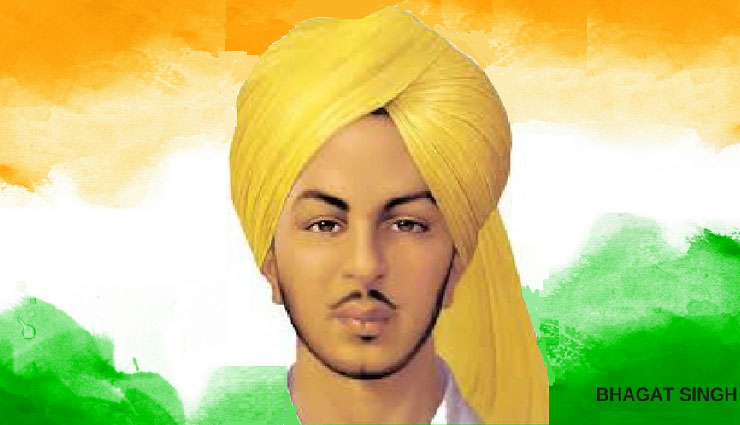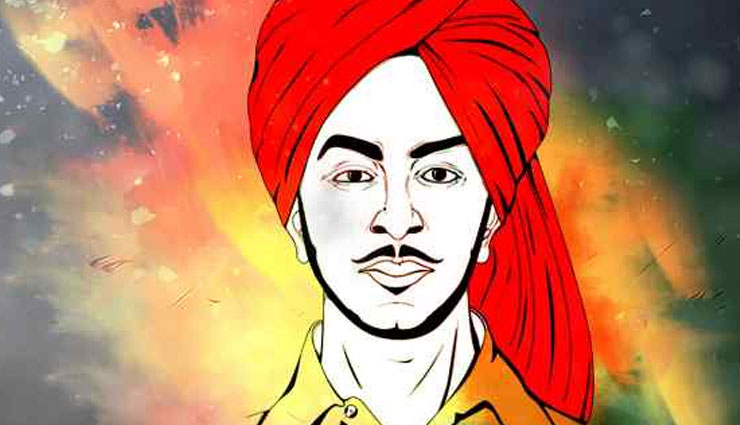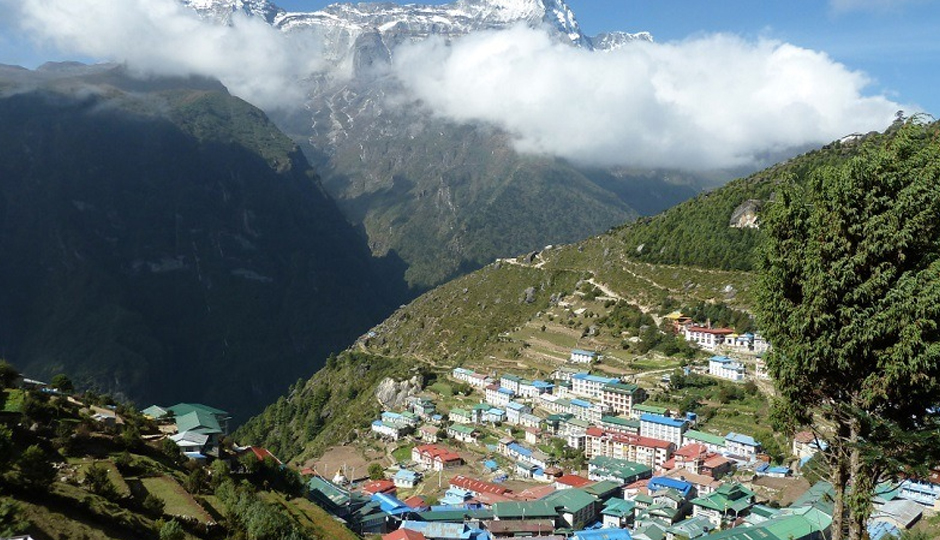Revolutionary Activities & Martyrdom Of Bhagat Singh
By: Priyanka Maheshwari Wed, 26 Sept 2018 12:08:28

* The British government set up the Simon Commission to report on the political situation in India in 1928. The commission did not include even a single Indian as its member and this greatly agitated the Indian leaders and led to protests across the country by Indian political parties.
* The commission visited Lahore on 30 October 1928. Lala Lajpat Rai, a prominent leader of the Indian independence movement, led a silent march in protest against the Commission. The British police resorted to violence in their attempts to quell the protest.
* The superintendent of police, James A. Scott, ordered a lathi charge against the protesters and Rai was grievously injured. He died a few days later on 17 November 1928 of a heart attack. His injuries were believed to have hastened his untimely death.
* However when the matter of his death was raised in the British Parliament, the British Government denied any role in Rai's death. Enraged by his incident, Singh vowed to avenge Rai’s death and teamed up with other revolutionaries, Shivaram Rajguru, Sukhdev Thapar and Chandrashekhar Azad to make a plan to kill Scott.

* The shooting was scheduled to take place on 17 December 1928. However, a case of mistaken identity ensued and the revolutionaries killed John P. Saunders instead of Scott. Saunders, an assistant superintendent of police was shot to death as he was leaving the District Police Headquarters in Lahore.
* The young revolutionaries had already planned an elaborate escape and were successful in evading arrest. A day after Saunders was killed, a leaflet was circulated by the Hindustan Socialist Republican Association announcing that the death of Lala Lajpat Rai had been avenged.
* Before long Singh began planning his next protest to gain massive publicity for the cause of Indian independence. Along with other members of the HSRA he planned to explode a bomb inside the Central Legislative Assembly to protest against the Public Safety Bill and the Trade Dispute Act which were being enacted by the Viceroy using his special powers even though they had been rejected by the Assembly.
* On 8 April 1929, Singh, accompanied by Batukeshwar Dutt, threw two bombs into the Assembly chamber from its public gallery. Their intention was not to kill anyone but to gain publicity. After the explosion, the young men began shouting the slogan "Inquilab Zindabad!" ("Long Live the Revolution") and threw leaflets. Then they offered themselves for arrest.
* Singh was given a life sentence for the bombing and shortly afterwards charged with the Saunders murder along with Sukhdev, Rajguru, and 21 others. His life sentence in the Assembly Bomb case was deferred until the Saunders case was decided, and he was moved to Central Jail Mianwali from the Delhi jail.
* In the jail he noticed that there were vast differences in the manner in which European prisoners and Indian prisoners were treated. So he launched a hunger strike demanding equality in food standards, clothing, toiletries, and other hygienic necessities, as well as access to books and a daily newspaper. The hunger strike vastly inspired a rise in public support for Singh and his colleagues.
* Singh’s growing popularity bothered the British authorities greatly and the government decided to advance the start of the Saunders murder trial, which was henceforth called the Lahore Conspiracy Case. Following the trial, Singh, Sukhdev, and Rajguru were sentenced to death by hanging.
* The three men were hanged on 23 March 1931 in the Lahore jail. Bhagat Singh was just 23 years old. The bodies were then secretly cremated outside Ganda Singh Wala village.





